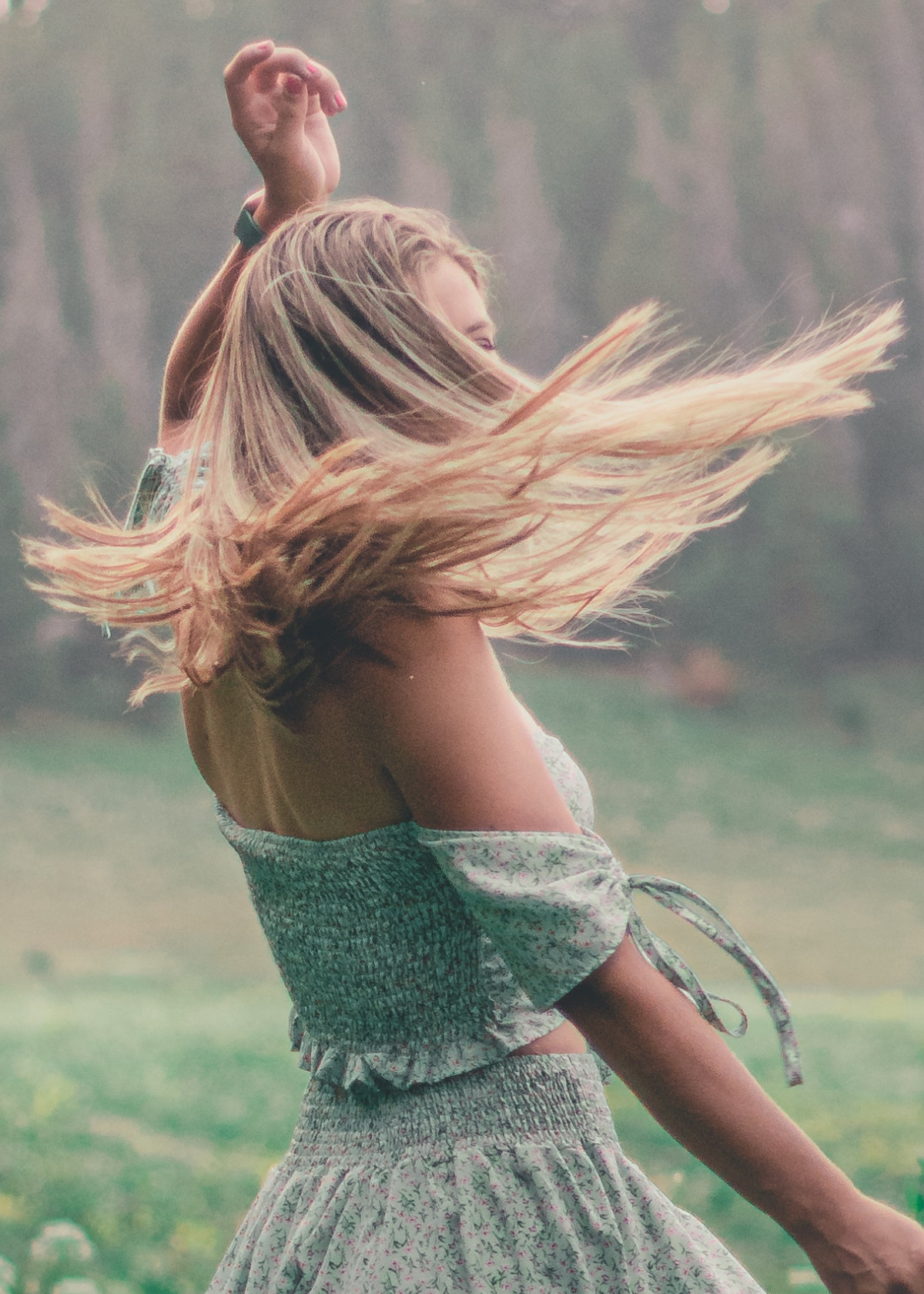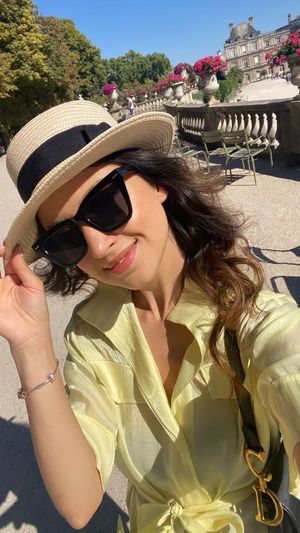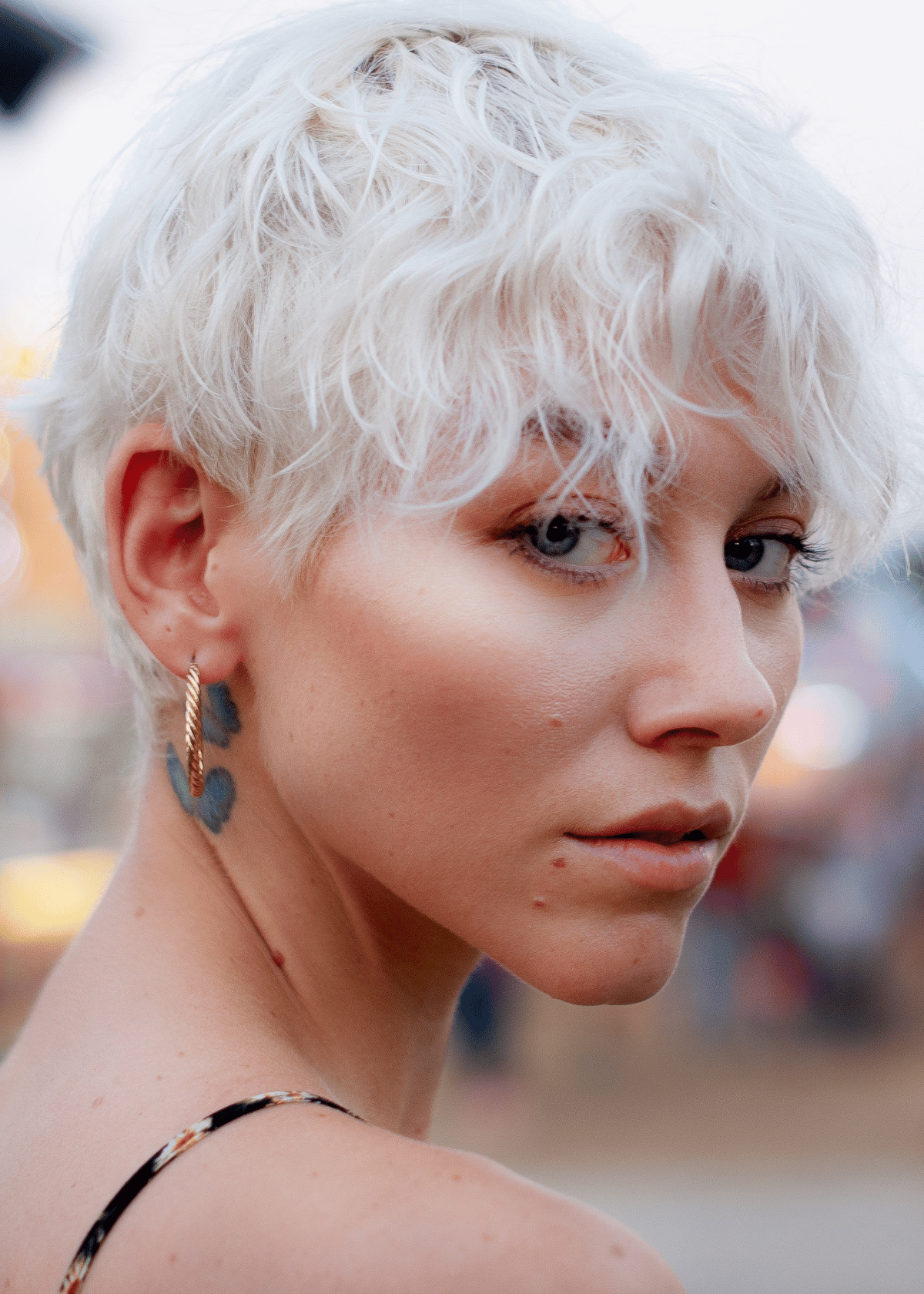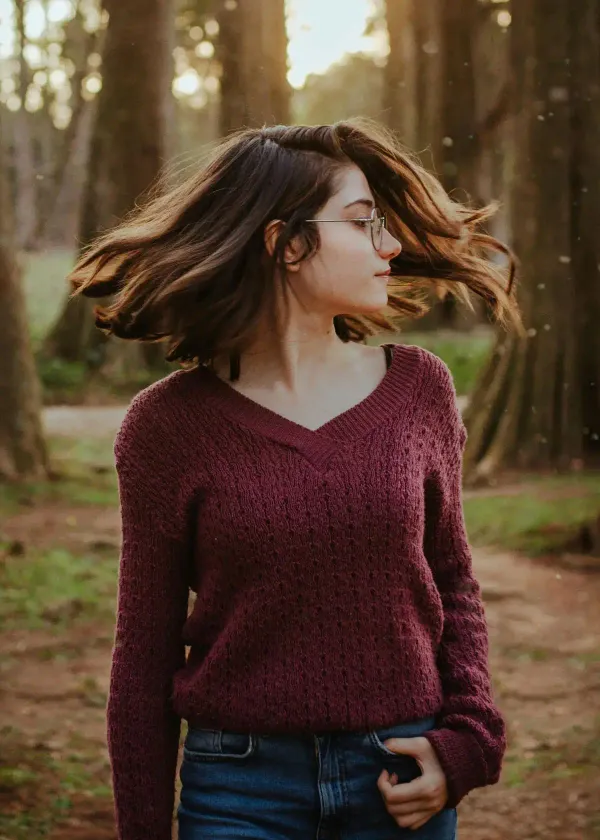Have you ever looked in the mirror and thought, 'I wonder if blondes really do have more fun?' Well, you're not alone. But before you dive headfirst into a bottle of bleach, there are some crucial things you should be aware of. This isn't just a hair color change; it's a lifestyle overhaul! So buckle up, aspiring blondie, as we take you through the highs, lows, and potential straw-like outcomes of bleaching your hair. Read on and get ready to find out whether blondes really do have all the fun!
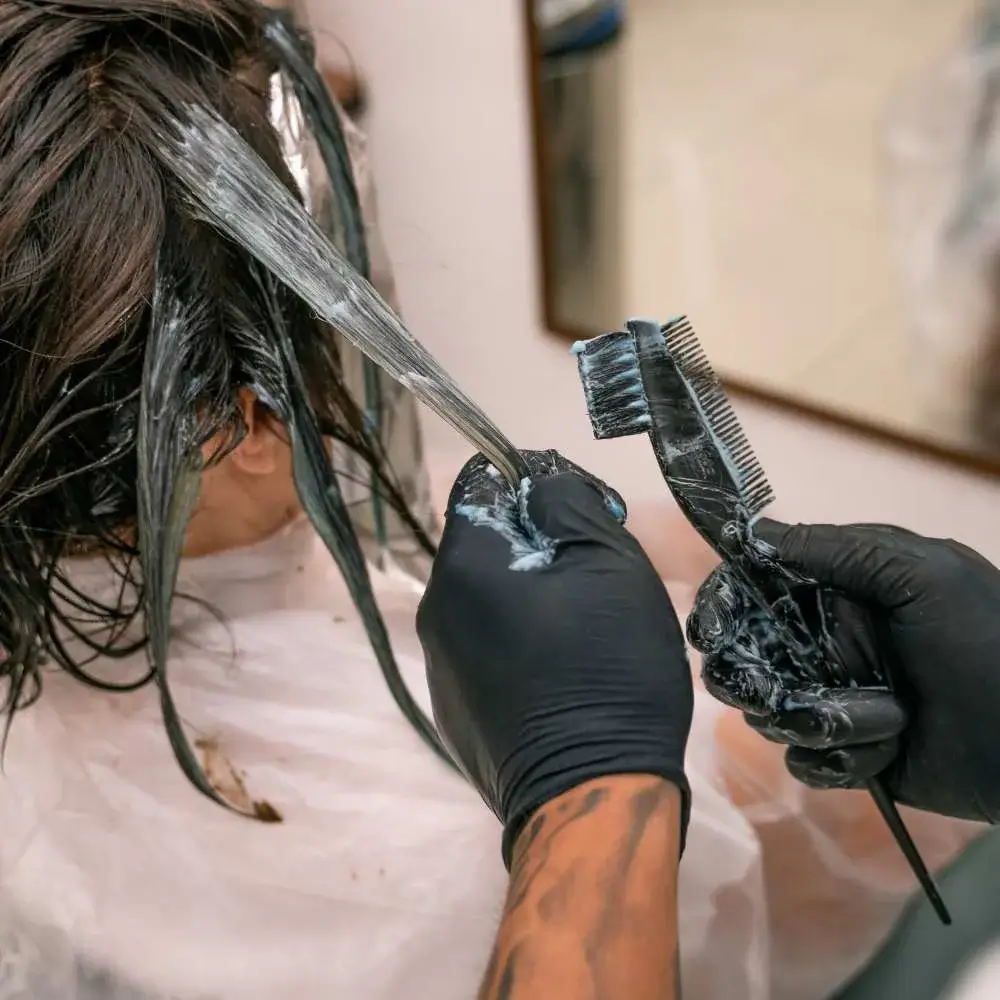
Unraveling the Mystery: What is Hair Bleaching?
Hair bleaching is a chemical process that lightens the color of your hair.
It works by penetrating the outer layer of your hair, the cuticle, and dissolving the melanin that gives your hair its color.
The lighter the desired shade, the longer the bleach needs to stay on your hair, which means more melanin is dissolved.
A Word of Caution
Despite its popularity, hair bleaching is not without risks.
Bleaching can cause hair damage, leading to dry, brittle strands and split ends.
It can also lead to scalp irritation or even burns if not done correctly.
Different Shades of Blonde
One of the most exciting aspects of bleaching your hair is the variety of blonde shades you can achieve.
From platinum blonde to honey hues, the possibilities are endless.
However, the final result also depends on your original hair color.
Darker hair may require multiple bleaching sessions to reach the desired blonde shade.
To Bleach or Not to Bleach at Home?
While it might be tempting to bleach your hair at home, it's worth considering a professional touch.
Salon professionals have the expertise to minimize damage and ensure even application of bleach.
However, if you're confident in your DIY skills, there are plenty of at-home bleaching kits available.
Just remember to follow the instructions carefully!
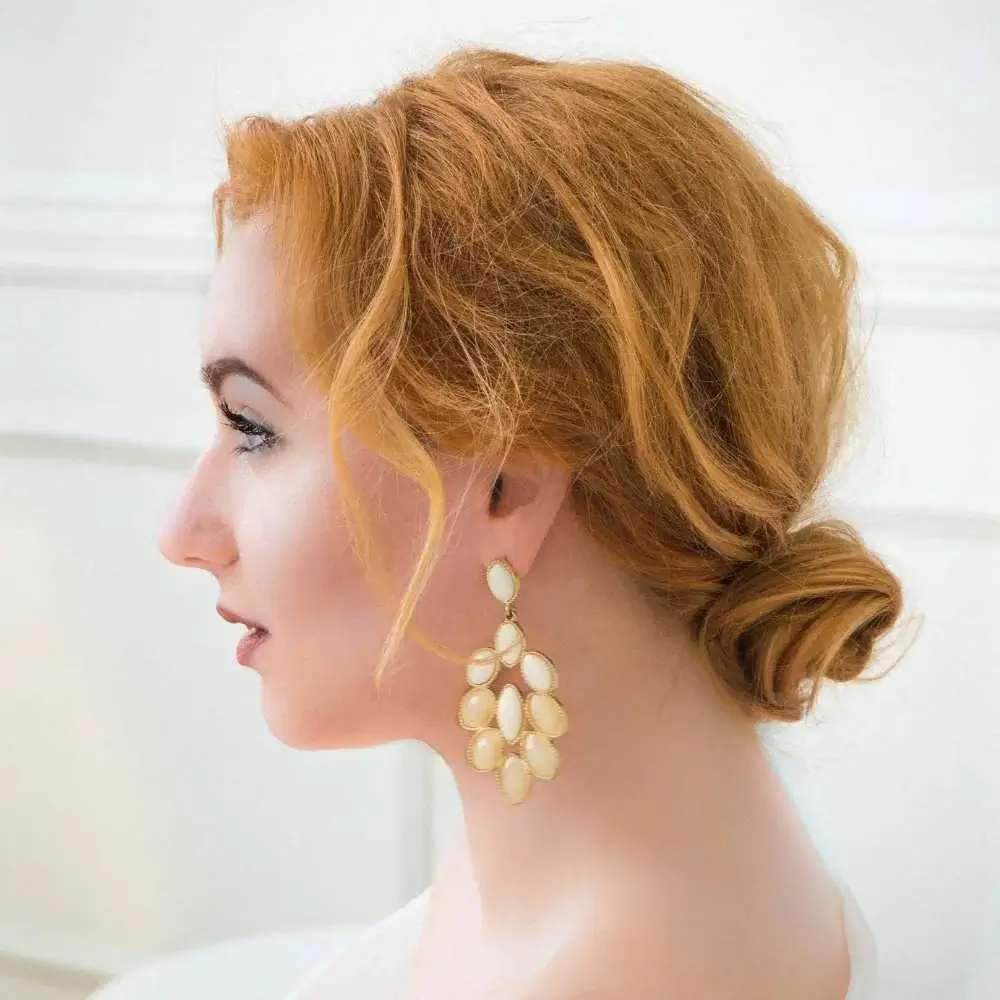
The Chemistry Behind Hair Bleaching
Bleaching your hair starts with understanding the science.
The chemistry behind hair bleaching is both fascinating and complex.
So, let's delve into it.
Hair Structure and Color Pigments
Our hair is mainly made up of a protein called keratin.
Within each hair strand, there are two types of pigments that determine our hair color: eumelanin (responsible for brown and black hues) and pheomelanin (responsible for red and yellow hues).
The combination and concentration of these pigments give us our unique hair color.
The Role of Bleach
When you decide to bleach your hair, you're essentially signing up for a chemistry experiment.
Bleach works by penetrating the hair shaft and reacting with the melanin pigments.
This process is known as oxidation.
The bleach breaks down the melanin, which lightens the color of your hair.
The Active Ingredient: Hydrogen Peroxide
The key ingredient in most hair bleach is hydrogen peroxide.
It's this powerful oxidizing agent that gets the job done.
Hydrogen peroxide breaks the chemical bonds of the melanin molecules, effectively stripping them of their color.
pH Levels and Hair Bleaching
Another important player in the bleaching your hair saga is pH level.
Most hair bleaching products have a high pH level, often between 9 and 10.
This alkalinity helps the bleach penetrate the hair cuticle, allowing the hydrogen peroxide to reach the melanin.
Understanding the chemistry behind hair bleaching can help you make informed decisions about your hair transformation journey.
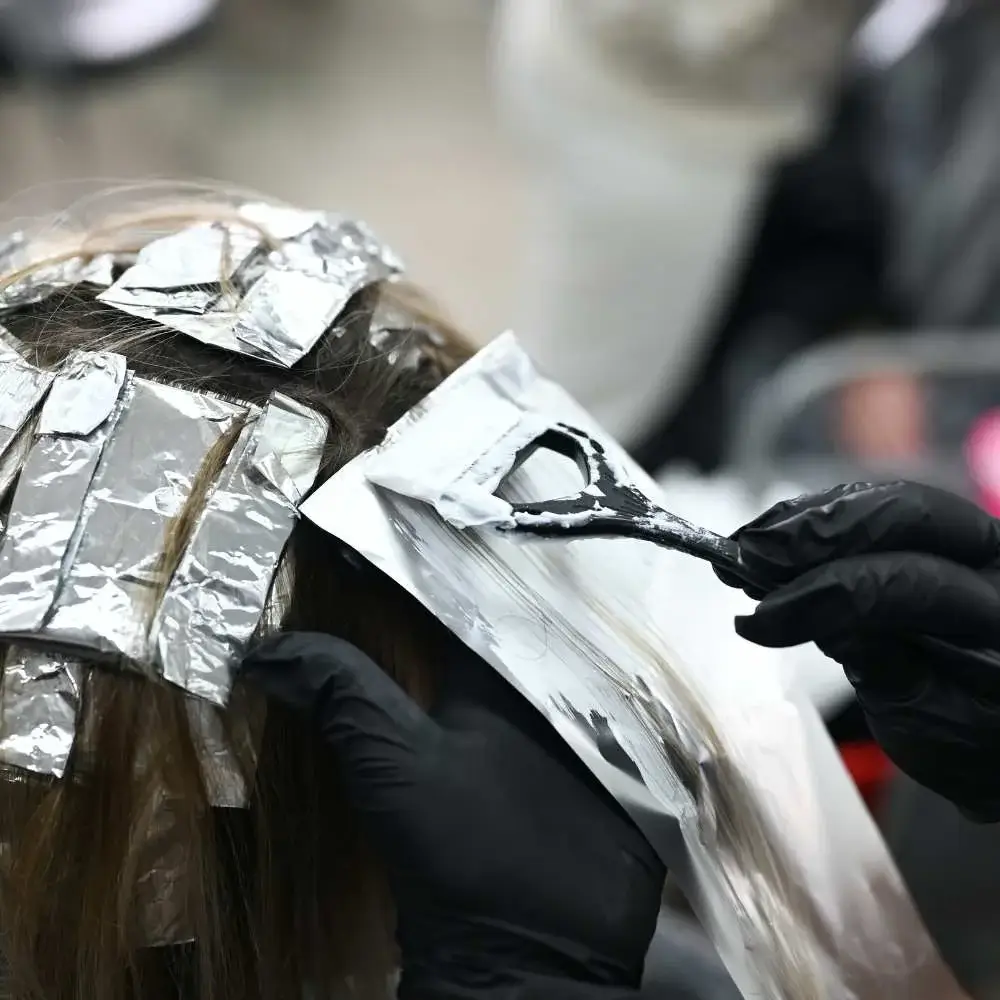
Pros and Cons of Hair Bleaching
As we journey further into Bleaching Your Hair it's time to weigh the pros and cons of hair bleaching.
This will help you make an informed decision about whether going blonde is the right move for you.
The Upside: The Pros
Let's start with the positives of hair bleaching.
Firstly, bleaching can give you a dramatic and exciting new look.
It allows you to experiment with different shades of blonde, from platinum to honey.
Moreover, lightened hair can provide a great base for other fun colors like pastels or brights.
Lastly, if done right, bleached hair can add dimension and depth to your hairstyle, enhancing its overall appearance.
The Downside: The Cons
Now, let's shift gears and talk about some of the potential downsides of hair bleaching.
The most significant con of hair bleaching is the potential for damage.
Bleach works by breaking down your hair's natural pigment, which can weaken the hair structure.
This can lead to dry, brittle hair and split ends.
In extreme cases, it can even cause hair breakage.
Another downside is the maintenance required.
Bleached hair often needs regular touch-ups to keep the color looking fresh and to manage regrowth.
Also, bleached hair requires extra care and specific products to keep it healthy and prevent further damage.
Bleaching Your Hair is not just about the process but also about understanding the aftercare and potential risks.
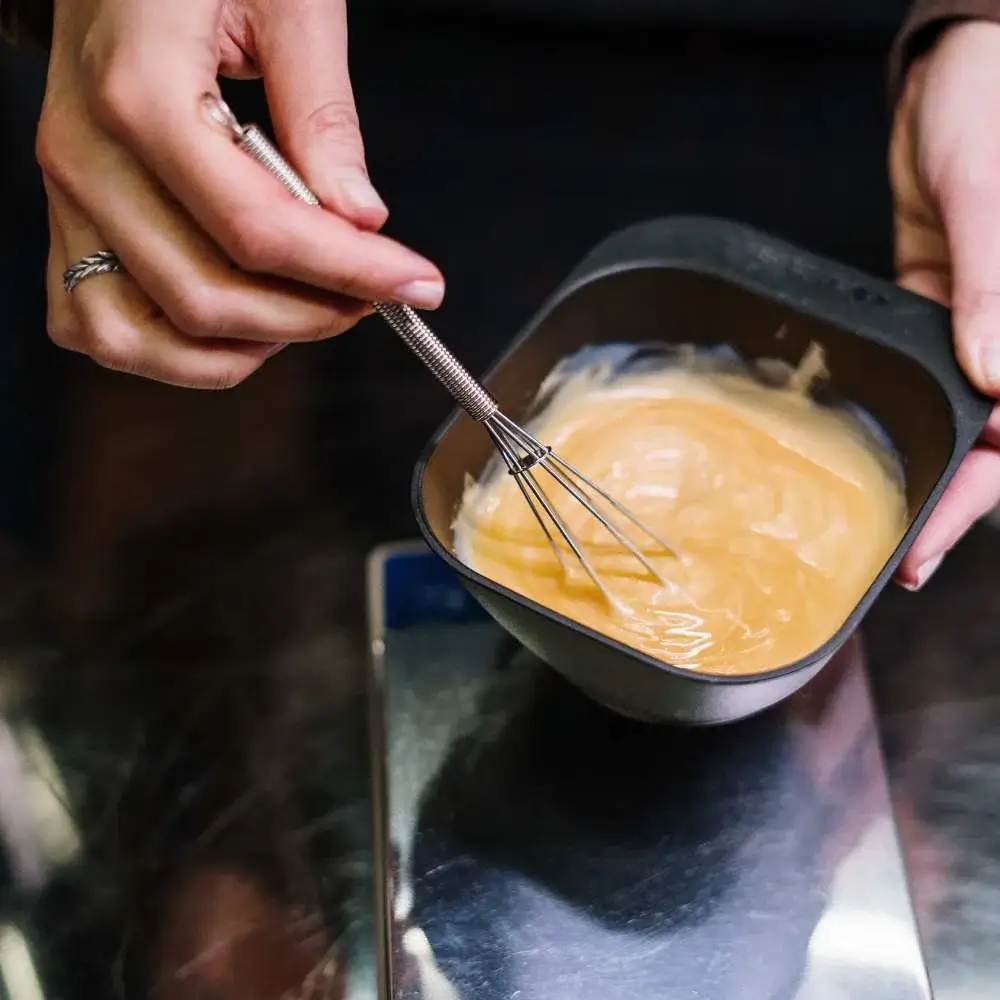
Choosing the Right Bleaching Product
As we continue exploring Bleaching Your Hair, choosing the right bleaching product is a critical step.
The market is flooded with various hair bleach products, and knowing how to select the right one can make all the difference in your hair bleaching experience.
Consider Your Hair Type and Color
Different hair types and colors respond differently to bleach.
For instance, if you have dark hair, you might need a bleach with a higher volume developer.
On the other hand, if your hair is fine or damaged, a lower volume developer may be more suitable to prevent further damage.
Check the Ingredients
When choosing a hair bleach, it's essential to check the ingredients.
Look for a product that contains conditioning agents or oils to help protect your hair during the bleaching process.
Avoid products that contain harsh chemicals like parabens and sulfates.
Seek Professional Advice
If you're unsure about which product to choose, don't hesitate to seek professional advice.
A hairstylist or colorist can recommend the best product based on your hair type, condition, and desired result.
Read Reviews
Lastly, take the time to read reviews from others who have used the product.
Hearing about their experiences can provide valuable insight into how the product might work for you.
Remember, Bleaching Your Hair is not just about the process but also about choosing the right products to ensure the best results.
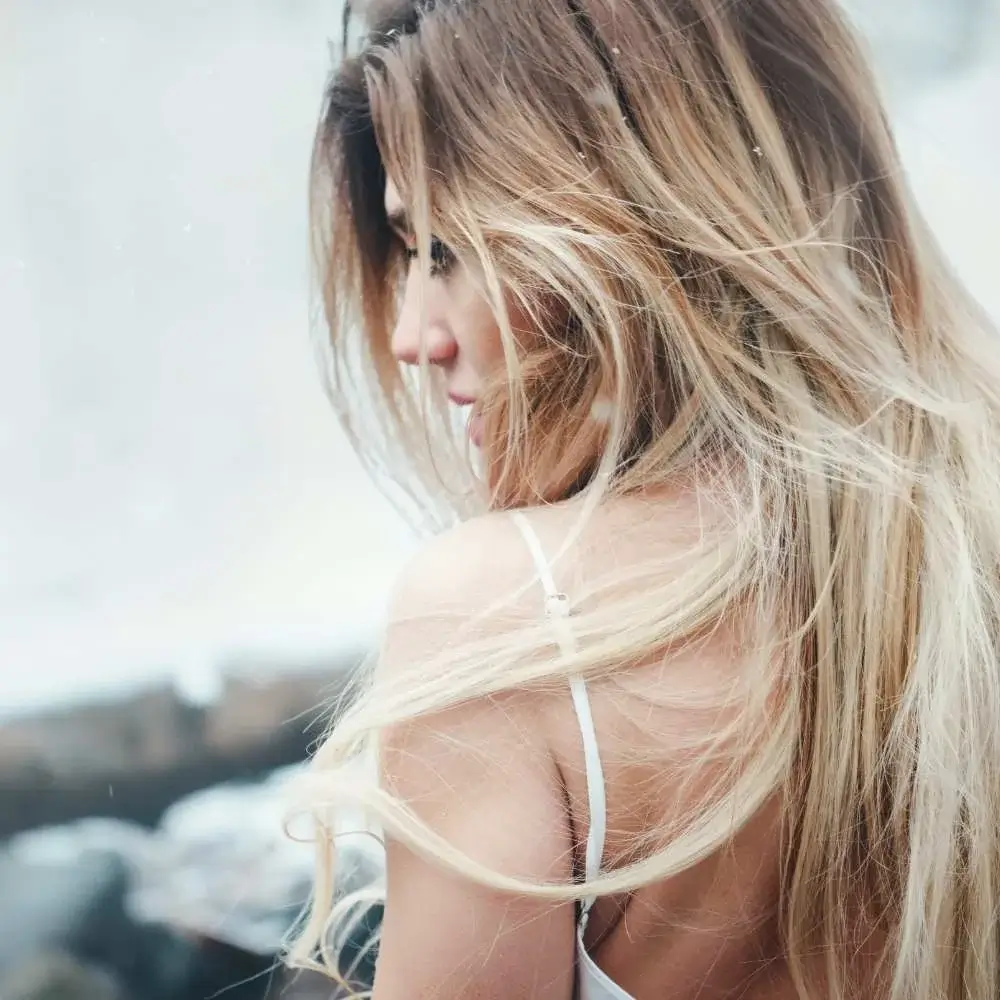
Steps to Bleach Your Hair at Home
As we continue with Bleaching Your Hair, it's now time to explore the steps involved if you decide to bleach your hair at home.
While professional salon services are recommended, if you're feeling adventurous and want to take matters into your own hands, this section is for you.
Step 1: Prepare Your Hair
Preparation is key when it comes to hair bleaching.
It's advised to not wash your hair for a couple of days before bleaching.
The natural oils in your hair can help protect your scalp during the bleaching process.
Step 2: Gather Your Supplies
Next, you'll need to gather all the necessary supplies.
You'll need a hair bleach kit, which typically includes the bleach powder and developer.
In addition, have a plastic bowl, hairbrush, gloves, and an old towel or shirt handy.
Step 3: Mix the Bleach
Now, it's time to mix the bleach according to the instructions provided in the kit.
Remember, consistency is key here.
The mixture should be smooth but not too runny.
Step 4: Apply the Bleach
Start applying the bleach from the ends of your hair working your way up to the roots.
This is because the heat from your scalp will process the bleach faster at the roots.
Ensure even coverage to avoid patchy results.
Step 5: Let it Process
After applying the bleach, let it sit for the recommended time on the package.
Remember, the longer you leave it on, the lighter your hair will become.
But also, the more potential for damage.
Step 6: Rinse and Condition
Finally, rinse out the bleach thoroughly with warm water.
Then, apply a deep conditioner to help restore some moisture to your hair.
Bleaching Your Hair wouldn't be complete without mentioning that bleaching at home does come with risks.
So, proceed with caution, follow the instructions carefully, and when in doubt, seek professional help.
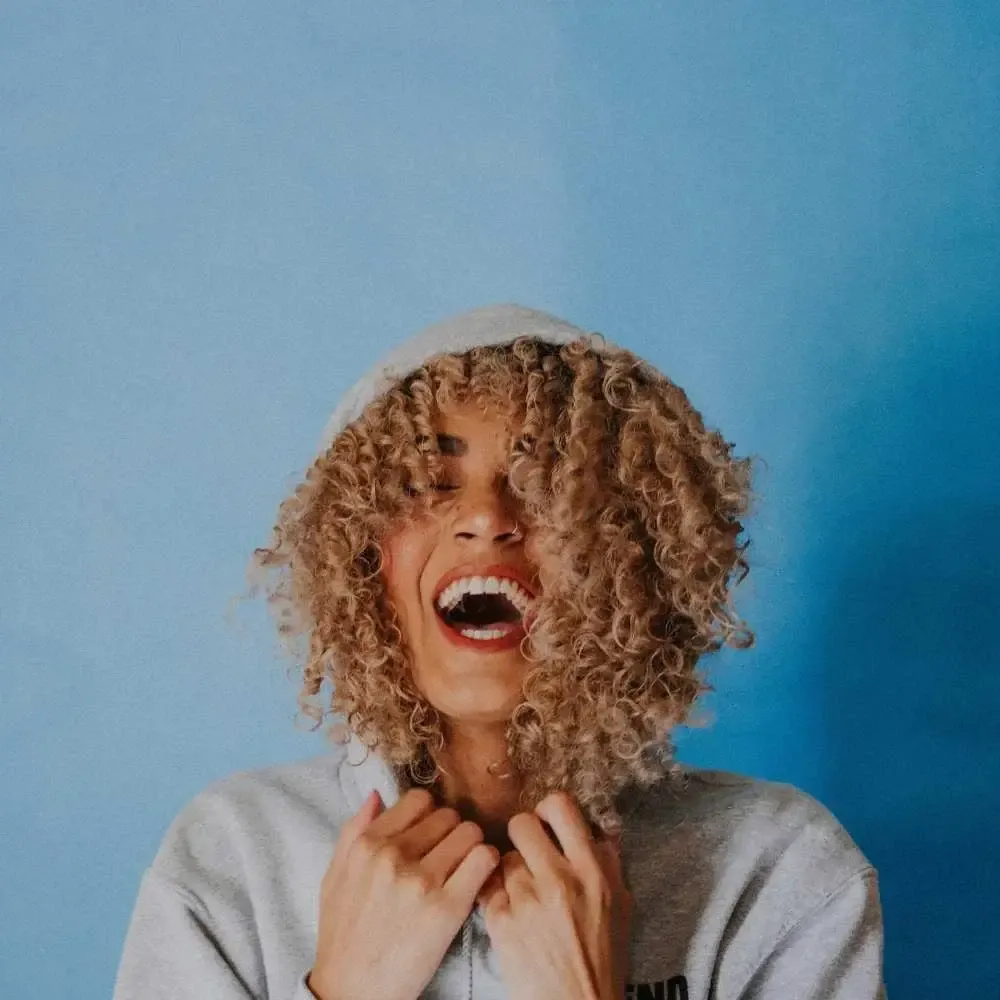
Frequently Asked Questions: Unveiling the Secrets of Hair Bleaching
Thinking about bleaching your hair to rock a head-turning, vibrant look? Well, buckle up, because Bleaching Your Hair is about to become your new mantra! How long should that bleach party last on your hair? Can you invite bleach over when your hair is still damp? Stay tuned, we're about to spill all the bleachy beans!
How Long Should You Leave Bleach In Your Hair?
The standard time is usually between 15 to 30 minutes. But hold up, it's not a one-size-fits-all deal! It really depends on your hair's current color, thickness, and overall health. Darker or thicker hair might need a bit more time to lift, but never exceed 45 minutes unless you fancy straw-like hair. Always remember, your hair's wellbeing comes first, so when in doubt, consult a professional. Now, go forth and bleach responsibly!
Can You Bleach Damp Hair?
Imagine this, you're all excited for your bleach party, but oops, your hair is still a bit damp from your shower. Can you go ahead? The answer is a resounding no! Bleaching works best on dry hair. Why, you ask? Well, water dilutes the bleach, making it less effective and potentially leading to uneven results (and nobody wants a patchy bleach job). So, make sure your hair is as dry as a summer's day before you start. Now you're one step closer to achieving that bleach blonde dream!
What should you avoid when bleaching your hair?
First up, never ever (and we mean NEVER) bleach over already bleached hair unless you're aiming for a brittle broom-like look. Second, don't rush into a second round of bleaching if the color isn’t light enough the first time around. Patience is a virtue, my friends! Give your hair a break for at least a week before you go for round two.
And finally, avoid using metallic dyes or compounds after bleaching. They can react with the bleach and result in some seriously funky colors...and not the good kind of funky! So, remember these golden rules, and your bleach journey will be smooth sailing. Happy bleaching!
Can I wash my hair 24 hours after bleaching?
Well, bleach buddies, the answer is a big, bold YES! In fact, it's not just okay, it's recommended. Washing your hair after bleaching helps to remove any residual bleach and gives your hair a much-needed moisture boost. Just remember to use a gentle, sulfate-free shampoo and a super hydrating conditioner. But hold off on the hot tools and harsh styling products for a few days to let your hair recover from its bleach adventure. So, go ahead, indulge in that post-bleach wash and let your newly lightened locks shine!
What is the best thing to do after bleaching hair?
First, give your hair a gentle wash with a sulfate-free shampoo 24 hours post-bleach, then slather on a super hydrating conditioner or a deep conditioning mask. This helps to restore moisture and health to your newly blondified mane.
Another hot tip? Lay off the heat styling tools for a while. Let your hair air dry and embrace its natural texture. And remember, just like us, your hair needs a healthy diet too, so feed it with protein-packed treatments and nourishing oils. So there you have it, treat your hair like royalty after bleaching and it will thank you by looking fabulous!
How often should I wash bleached hair?
After bleaching, your hair has been through a lot (like a really intense gym session), and it needs time to recover.
So, contrary to your regular routine, it's best to wash bleached hair as infrequently as possible. Aim for two to three times a week at most. And when you do, make sure to use a gentle, sulfate-free shampoo and follow up with a super hydrating conditioner or mask. This will help keep your hair healthy and prevent it from drying out.
Also, consider using a dry shampoo between washes to keep your hair feeling fresh and clean. So there you have it! A little less wash, a little more care, and your bleached hair will continue to turn heads!
Looking to add a splash of bleach-blond brilliance to your locks? Hold your horses! Bleaching Products is about to become your hair's new best friend. To get that stunning sun-kissed look, you've got to understand how long that magic potion (aka bleach) needs to party on your hair. And remember, patience is key – wait until your tresses are bone dry before you start the bleaching bonanza. This way, you'll get an even canvas for your color experiment and dodge the nasty over-processing damage.
Ready to take the plunge into the world of bold, daring colors? Fantastic! But wait, finding the perfect bleach can feel like looking for a needle in a haystack, right? Well, we're about to make your life a whole lot easier. We've done the homework for you, combing through customer reviews, ratings, and all those nitty-gritty details that help you make the best purchase decision. All that's left for you to do is click the link to discover which top-notch product has won the bleach battle. So, get ready to safely transform your hair with the best bleach product on the market and unveil a dazzling new you!
Read our article about best shampoo for thick hair here!
Read our article about best hair brush here!
Read our article about best shampoo for blonde hair here!
